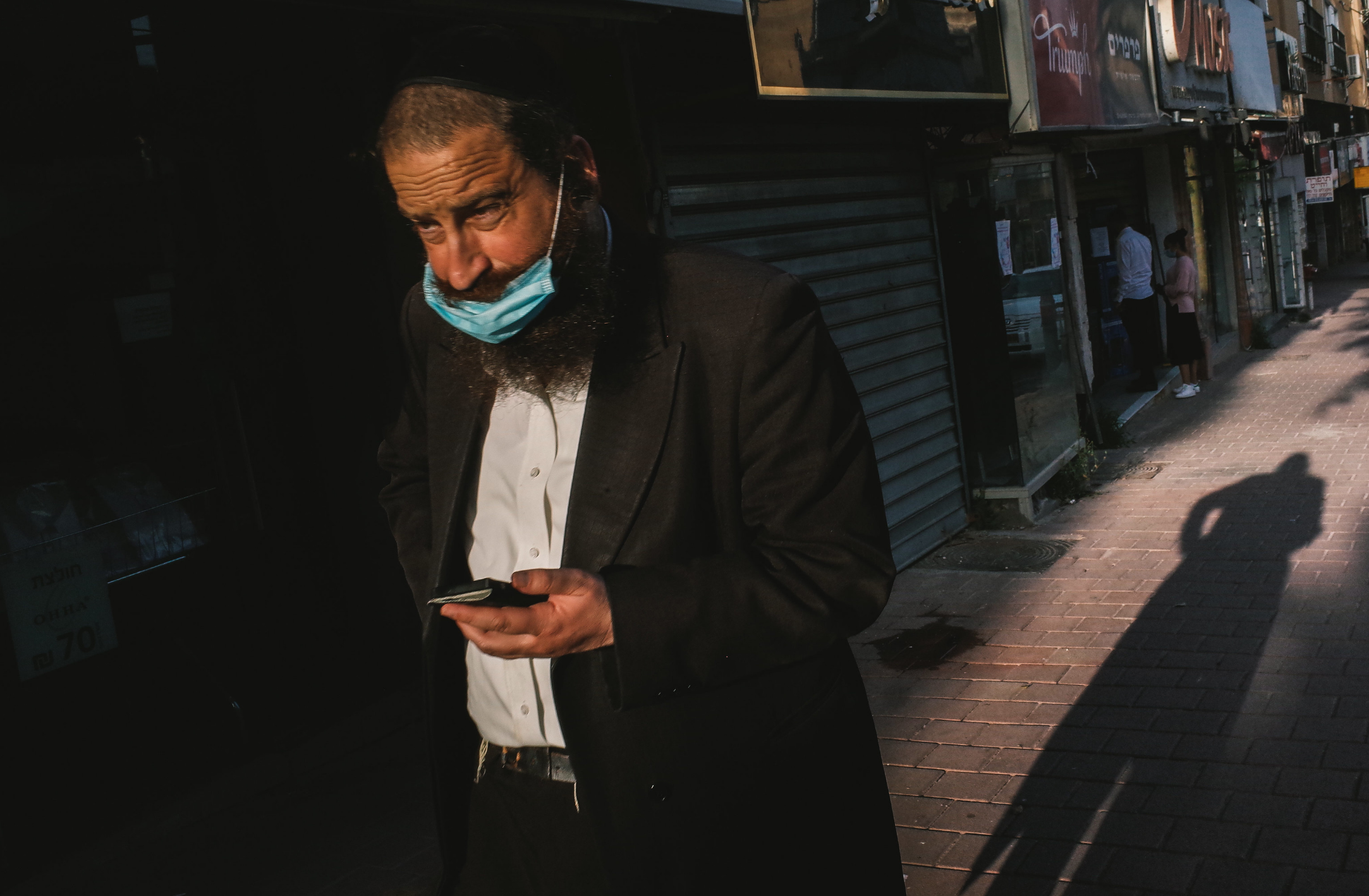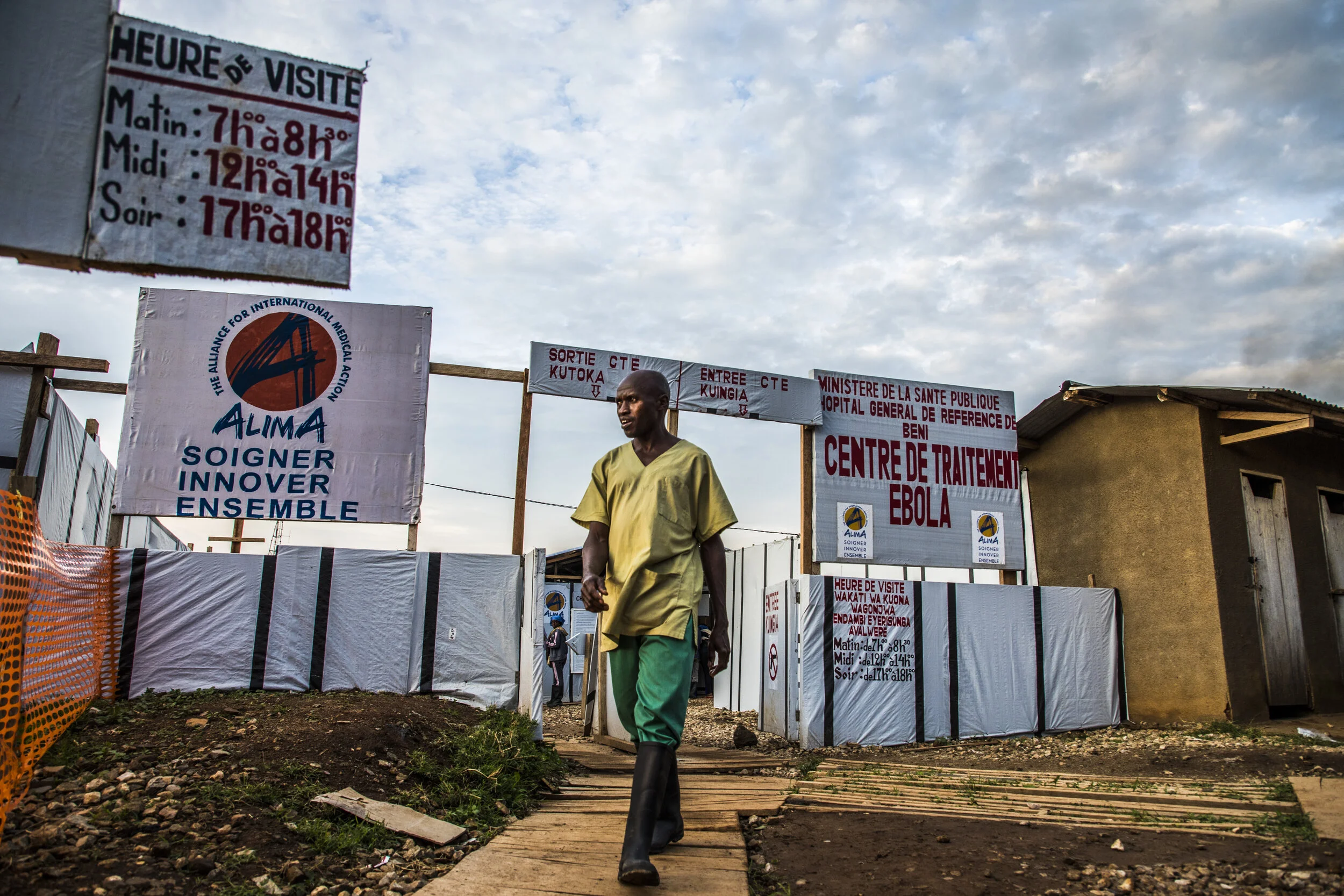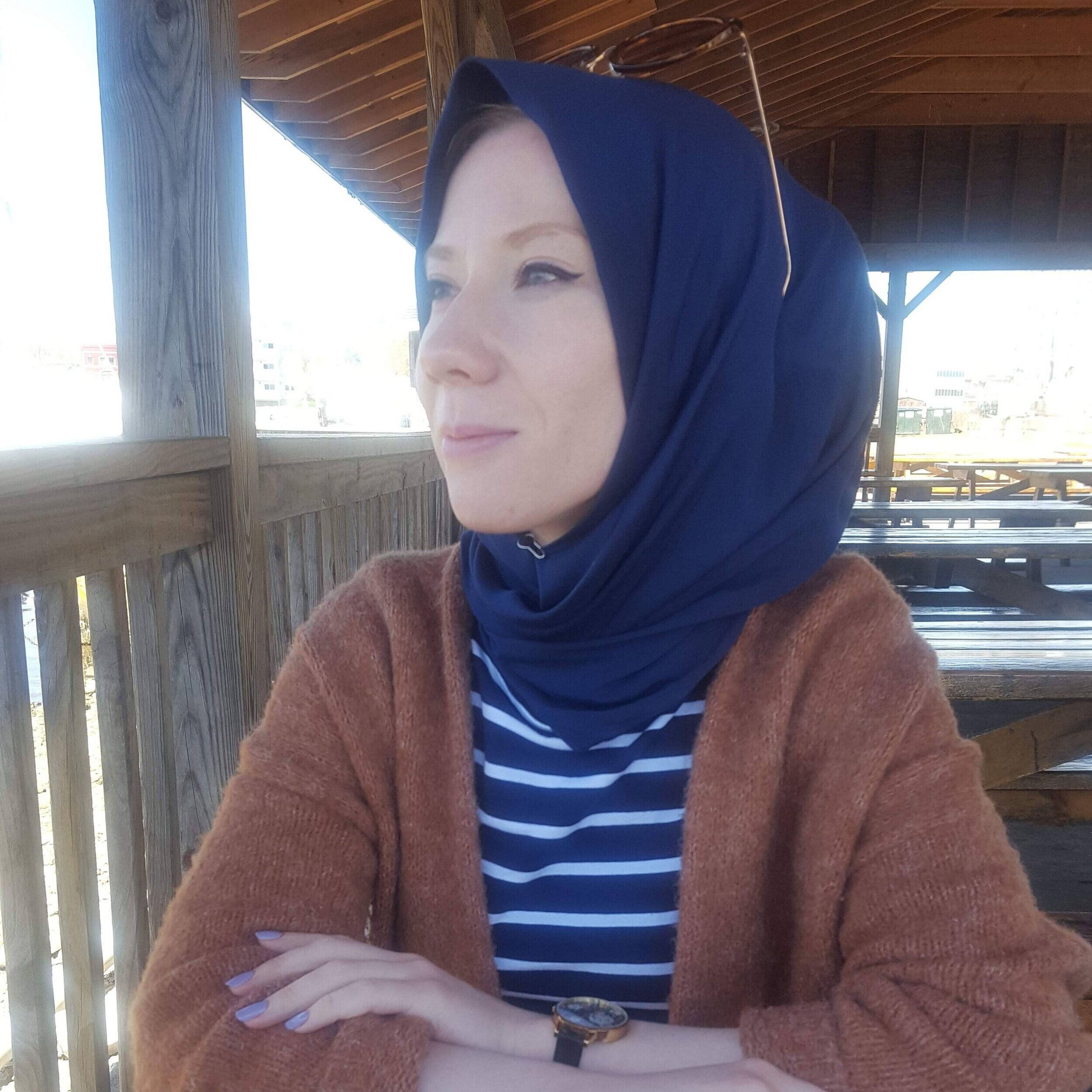In preparation for Southeast Asian Games, Cambodian government officials have mandated the evacuation of floating homes on the Tonle Sap River, displacing hundreds of families.
A floating village in Phnom Penh. Anne Roberts. CC BY-NC-SA 2.0
Cambodia's capital city of Phnom Penh has experienced turmoil over the past few weeks following the sudden eviction of the city’s iconic floating homes.
Floating villages have been an integral part of the culture and lifestyle in the community of Phnom Penh for generations, and many homes have been passed down through ancestry. Each individual home is made primarily of wooden planks and hand-built bridges that interconnect the platforms. Many even have small boats on the river alongside their homes to make travel amongst the homes easier. Their location on the banks of the Tonle Sap River, one of the most productive freshwater ecosystems in the world, provides access to around 150 different kinds of fish and allows residents to make a living from fish farming.
The evacuation notices were issued by the Phnom Penh Municipality after it received multiple complaints about litter and sewage polluting the communities. The city is set to host the Southeast Asian Games in 2023 and is currently undergoing a clean-up campaign to prepare the community for the surge of tourism and press that will follow. Rather than investing money into the communities to clean and rebuild this part of the city, the government decided to get rid of them altogether.
A boat on the Tonle Sap River. Ec Perez. CC BY 2.0
The evacuation of these communities was sudden and gave families little time to relocate, not to mention that many did not have a place to relocate to. The pandemic has not made any of this easier, as moving around puts the citizens at risk of spreading or contracting COVID-19. Furthermore, the closure of Cambodia's shared border with Vietnam leaves them with fewer relocation options.
This situation sheds light onto the large-scale infringement of citizen rights that is common in cities preparing to host large events. Whether it be the 2014 Fifa World Cup in Brazil or the Tokyo Olympics, many cities have sacrificed the well-being of their citizens for the preparation and funding of events. While hosting globally-recognized events is an exciting opportunity, it often comes at the expense of the very people that live there. Citizens are often permanently displaced by the construction of stadiums and plunged into poverty while the host cities pour money into refurbishments and the beautification of the city.
While the evictions are still underway, many citizens of Phnom Penh are now in search of unoccupied land and job opportunities in order to compensate for the stability that they have lost.
Zara Irshad
Zara is a third year Communication student at the University of California, San Diego. Her passion for journalism comes from her love of storytelling and desire to learn about others. In addition to writing at CATALYST, she is an Opinion Writer for the UCSD Guardian, which allows her to incorporate various perspectives into her work.






















































